Myths, Legends & Fairytales
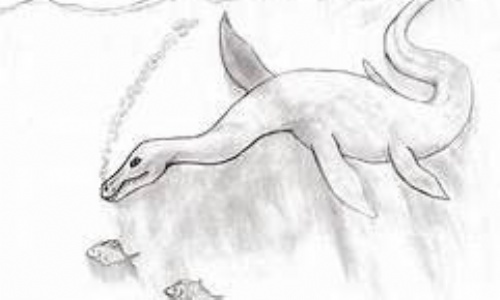
Following on from our ‘Nessie’ debate and the overwhelming majority of ‘I do not believe’ votes. . .
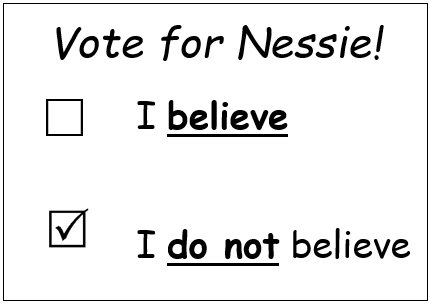
We turned our attention to Legends, Myths and Folktales.
Discussing the definitions and categorising the differences, we decided that Legends – usually contain an element of truth.
Robin Hood – Legend Myth or Folktale?
Who famously stole from the rich and gave to the poor, is based on a time in history when the Norman conquerors stole lands and riches from the previous Saxon Lords. Robin Hood, returning from the crusades (Knight stuff!) found his lands taken by the Sheriff of Nottingham. As such historical events did happen, the ‘real’ Robin Hood (a Saxon Lord champion) might have been a possibility.
 As with most legends, the ballads (fancy songs) and stories have been added to and embellished – so the story now includes a variety of tales and characters: - Maid Marian, Friar Tuck, Little John and his band of Merry Men (a band of outlaws).
As with most legends, the ballads (fancy songs) and stories have been added to and embellished – so the story now includes a variety of tales and characters: - Maid Marian, Friar Tuck, Little John and his band of Merry Men (a band of outlaws).
His legend continues today through TV, Films and books and is promoted through Nottingham and Sherwood Forest.
A legend? - certainly - and a big part of British Folklore.
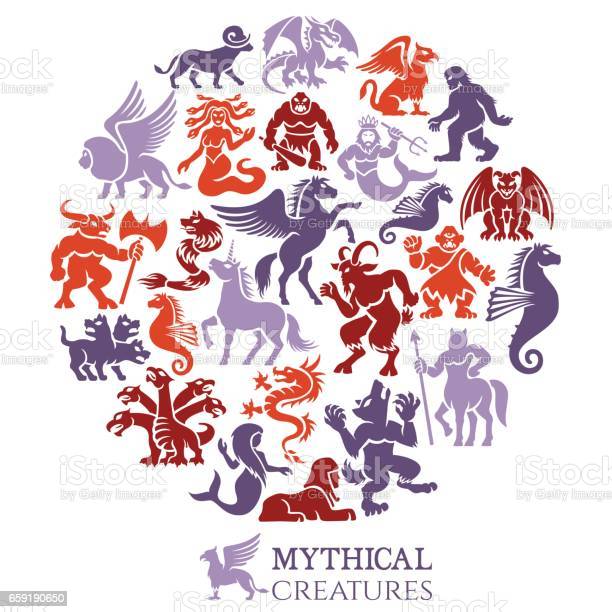 Myths on the other hand, are often used to explain universal and local beginnings and involve supernatural beings. We listed ideas about mythical creates and stories such as dragons, cyclops and ogres.
Myths on the other hand, are often used to explain universal and local beginnings and involve supernatural beings. We listed ideas about mythical creates and stories such as dragons, cyclops and ogres.
Dragons
Each of us drew a dragon to see if our version of dragons had common characteristics. Though there were differences, all of our dragons were lizard-like, winged, horned, and capable of breathing fire.
Whilst we struggled to think of older stories with Dragons in them, we all remembered the Dragons in modern stories, such as Harry Potter and Game of Thrones.
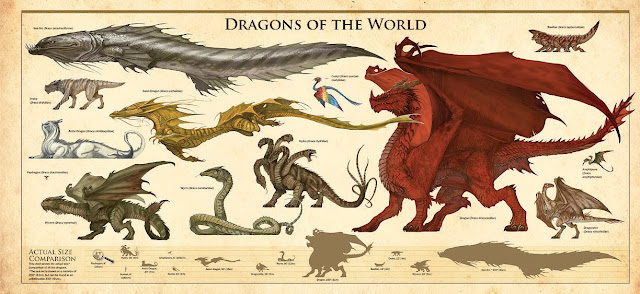
We also realised that Dragons (or at least mythical creatures that seem dragon-lie) are ‘a thing’ all around the world – such as Chinese loon, long or lung dragons, Ninki Nanka in West Africa, Snalygaster in the Blue Ridge Mountains, USA, Xiuhcoatl (don’t ask me to pronounce this) in Mexica, Minocawa in India, Vitra in India, Wawel in Poland, Peuchen in Chile, Mo’o in Hawaii, and dozens from Greek and Roman mythology.
The next question we asked is ‘Why’?
One theory is perhaps the discovery of dinosaur bones – which – let’s face it – could be interpreted as long deceased dragons.
Folktales
We decided that folktales are popular stories that have been passed on in spoken form, from one generation to the next and included narratives that explained how the world works (How The Sea Got Its Salt), moral/ethical stories (Stone Soup) and children’s stories with character types (Cinderella: damsel in distress, wicked step-mother, fairy, prince charming).
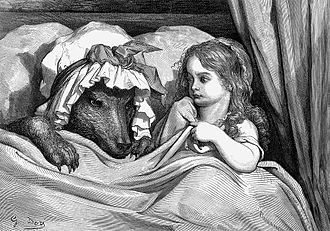 We each told our favourite folktales and read some very old versions of the tales. We were shocked to discover that one of the fairy tales we all knew – Little Red Riding Hood (originally entitled Little Red Riding Cap), was much more gruesome that the version we all knew.
We each told our favourite folktales and read some very old versions of the tales. We were shocked to discover that one of the fairy tales we all knew – Little Red Riding Hood (originally entitled Little Red Riding Cap), was much more gruesome that the version we all knew.
In these earlier versions, the character of Little Red Riding Cap, unwittingly eats some of her grandmother’s flesh and is told to take her clothes off by the wolf, who throws them in the fire. She escapes (not by being rescued by the woodcutter) but by pretending she needs to go to the toilet and then runs away.
HEROES
Whether legend, myth or folktales, every story we knew had a hero. Based on these stories - we decided that a hero should have courage, be self-sacrificing and have a moral compass.
But who is the bravest?
Thinking about legends (and a little bit of mythology), we researched and read stories on St George and the Dragon and compared his heroic qualities with King Arthur. Just like Robin Hood, there seemed to be a huge variety of alternative heroic tales and embellishments. . . . .
. . . whilst the basic elements of each story remained:
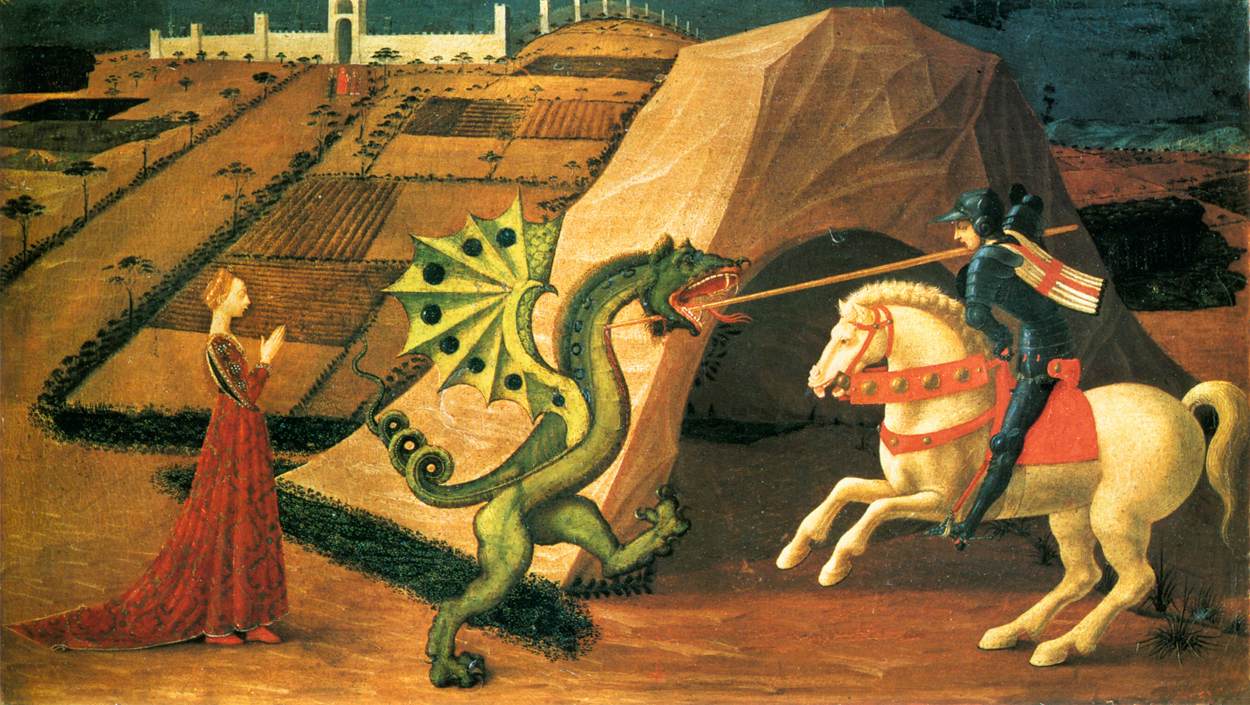 St George and the Dragon – tamed and slayed a dragon that demanded human sacrifices; whilst rescuing a princess, who was to be the dragon’s next victim.
St George and the Dragon – tamed and slayed a dragon that demanded human sacrifices; whilst rescuing a princess, who was to be the dragon’s next victim.
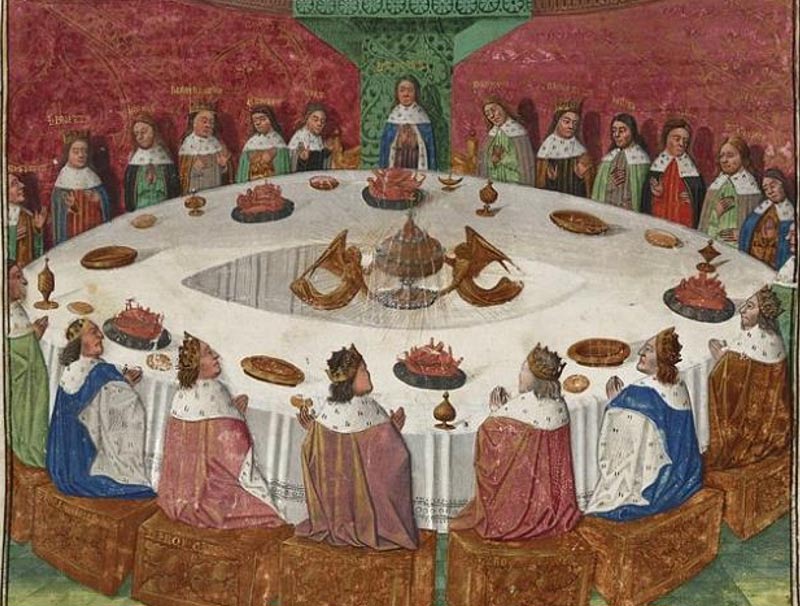 King Arthur – Chivalrous King, who fought off many Saxon invaders with his ‘noble’ Knights. They sit at a round table (so that no-one can claim they are more important than anyone else). He married Gwenevier, a Princess from a rival kingdom to help stop war and has a magical wizard helper:- Merlin and a magical sword:- Escalibur.
King Arthur – Chivalrous King, who fought off many Saxon invaders with his ‘noble’ Knights. They sit at a round table (so that no-one can claim they are more important than anyone else). He married Gwenevier, a Princess from a rival kingdom to help stop war and has a magical wizard helper:- Merlin and a magical sword:- Escalibur.
Rating them on the qualities of courage, strength, compassion for others, status, supernatural/magical help and defeating evil – we each wrote a sentence on who we thought was the better hero.
I think that St George is more of a hero because. . . he selfishly went up against a terrifying dragon and made it so people weren’t eaten anymore.
I think that King Arthur is more of a hero because. . . he was in charge of a whole kingdom and fought off the Saxon invaders. He even did things he didn’t want to do – like marry Gwenevier and he treated everyone equally, shown by the Round Table.
NEXT TIME:-
We are going to create a hero and a villain and then combine what we have learned about heroes to make something new : - design a job wanted advert for a hero.


